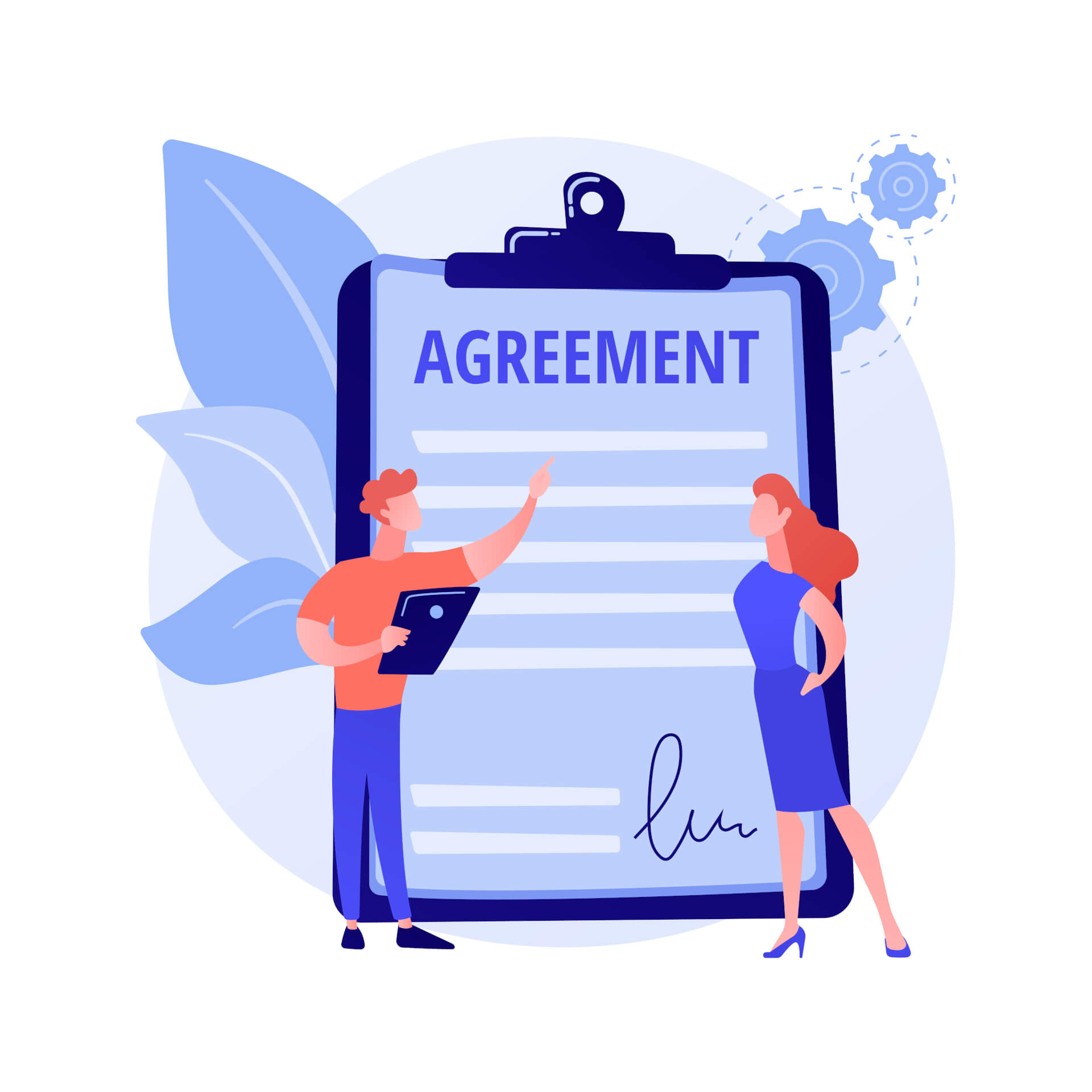 In the competitive business environment, the development of compelling proposals is crucial for success.
In the competitive business environment, the development of compelling proposals is crucial for success.
To stand out from the crowd and make a lasting impression, it is essential to know the most important tips and tricks for creating proposals.
In this article, we focus on proven techniques to help you elevate your proposals to a new level, attract attention from the recipient, and increase the chances of success.
Table of Contents
Understanding the Purpose of Your Proposal
 Before delving into the intricacies of proposal writing, it is important to understand the basic purpose of your document.
Before delving into the intricacies of proposal writing, it is important to understand the basic purpose of your document.
Understanding the Intent
Clarity and precision are crucial when crafting a proposal.Your proposal should clearly outline the problem you are addressing, the proposed solution, and the associated benefits.
Capturing the Essence
Start your proposal by succinctly capturing the essence of your project or idea. This initial snapshot should captivate and engage your audience, compelling them to delve deeper into your proposal.
Signaling Flexibility
The proposal serves as a problem-solving tool. Keep your proposal flexible to demonstrate a willingness to work towards an optimal solution for the recipient.
Understanding Your Audience
It is also important to thoroughly examine and understand your audience's specific needs and requirements.
Tailor your proposals to the customer's needs to make a lasting impression.

Identifying Decision Makers
Start by researching the key stakeholders who will evaluate your proposal.
These may be executives, department heads, or potential customers. Understanding their roles and responsibilities will allow you to better tailor your message to their specific concerns.
Analyzing Preferences
Once you have identified your target audience, delve deeper into their preferences and expectations. Are they primarily concerned with cost-efficiency, innovation, or reliability?
By aligning your proposals with your customers' priorities, you can show that you understand their needs and are able to provide value.
Customizing Content
Avoid a one-size-fits-all approach to proposal writing.
Instead, tailor your content to address the specific concerns and objectives of your target audience and key stakeholders, demonstrating a genuine understanding of their needs.
Structuring Your Proposals
The structure of a proposal is as important as its content. A well-organized proposal not only makes it easier for your audience to digest the information but also reflects positively on your professionalism and attention to detail.
Clear and Logical Flow
Ensure that your proposal follows a clear and logical flow, seamlessly guiding the reader from one section to the next.
Introduction
Start your proposal with a brief introduction providing an overview of the problem you are addressing and the solution you are proposing.
Capture your audience's attention and set the stage for what is to come.
Problem Statement
Clearly define the problem or challenge your proposal aims to solve. Provide context and background information to help your audience understand the significance of the problem.
Proposed Solution
Present your solution in detail, explaining how it addresses the problem at hand and why it is the best course of action.
Highlight the key features and benefits of your solution to make it appealing to your audience.
Implementation Plan
Describe the steps required to implement your proposed solution, including timelines, milestones, and responsibilities.
Demonstrate that you have considered the practical aspects of your proposal and have a clear plan for implementation.

Budget and Resources
Provide a detailed breakdown of the budget required to implement your proposal, including costs for materials, labor, and other expenses.
Justify your budget with realistic estimates and show that you have considered the financial implications of your proposal.
Summary of the Proposal
Conclude your proposal with a compelling summary that highlights the key points and emphasizes the value of your solution.
Leave a positive impression on your audience and issue a clear call to action.
Visual Aids
Incorporate visual aids such as charts, graphs, and images to enhance understanding and retention.
Enhancing Readability
A well-written proposal is not only tailored to the target audience and structured but also easy to read.
Use formatting techniques such as bullet points, numbered lists, and subheadings to break up the text and improve readability

Polishing Writing Style
In addition to the content and structure of your proposal, pay attention to your writing style and tone.
A refined writing style can enhance your proposal and make it more engaging and persuasive.
Checking Grammar and Punctuation
Carefully proofread your proposal to eliminate any grammar or typographical errors.
Pay attention to punctuation and sentence structure to ensure clarity and coherence.
Tone and Voice
Consider the tone and voice of your proposal and tailor it to meet your audience's expectations.
Whether formal and professional or conversational and friendly, choose a tone that resonates with your audience and reflects your brand personality.
Use of Formatting
The visual presentation of your proposal can significantly influence how it is perceived by your audience.
Pay attention to formatting and design elements to ensure your proposal looks elegant and professional.
Professional Layout
Maintain a consistent formatting throughout your proposal, including fonts, headings, and spacing.
A clear and professional layout enhances readability and navigation.
Creating Compelling Content
The content of your proposal plays a crucial role in capturing the attention of your audience and motivating them to take action.
Focus on presenting your ideas clearly and persuasively while highlighting the benefits of your proposal.

Clear and Concise Language
Avoid jargon and overly technical terms that may confuse or alienate your audience.
Strive for clarity and simplicity, ensuring that your message is easily understood by all stakeholders.
Highlighting Benefits
Clearly articulate the benefits and emphasize how your proposal addresses the needs and concerns of your audience.
Whether it's cost savings, increased efficiency, or better results: ensure that your value proposition is central.
Use of Data and Statistics
Substantiate your claims with relevant data and statistics to lend credibility to your proposal.
Whether it's market research, case studies, or success stories, incorporating concrete evidence can strengthen your argument and build trust with your audience.
Visual Enhancements
Incorporate visual elements such as charts, graphs, and images to illustrate key points and break up large blocks of text.
Visual elements can make your proposal more engaging and memorable, helping to reinforce your message.
Review and Revise
Before finalizing your proposal, take the time to thoroughly review and revise it.

Solicit Feedback
Don't hesitate to seek feedback from trusted colleagues or mentors who can provide valuable insights and suggestions for improvement.
With a fresh perspective, you may be able to identify errors or inconsistencies that you may have overlooked.
Examine for Clarity and Coherence
Examine your proposals for clarity and coherence, ensuring that your message is effectively and logically conveyed.
Remove any unnecessary jargon or technical terms that may confuse or alienate your audience.
Summary
Crafting a professional proposal requires careful planning, attention to detail, and effective communication skills.
By understanding your audience, creating compelling content, and improving your writing style, you can enhance the impact of your proposals and increase your chances of success.
 Reading Tip: If our article has helped you and you want to learn more tips for writing proposals, continue reading here: "Mandatory Information in Your Proposals - What Should Never Be Missing"
Reading Tip: If our article has helped you and you want to learn more tips for writing proposals, continue reading here: "Mandatory Information in Your Proposals - What Should Never Be Missing"
Frequently Asked Questions About Writing Successful Proposals
How can I make my proposal stand out from the competition?
Focus on highlighting the unique value proposition of your proposal and tailor it to meet the specific needs and preferences of your target audience.
What role does storytelling play in creating proposals?
Storytelling can bring your proposal to life by providing context, appealing to your audience emotionally, and making your message more memorable.
How long should my proposal be?
The length of your proposal depends on the complexity of your project and the preferences of your target audience.
Strive for conciseness but provide enough detail to adequately convey your ideas.
How can I improve the readability of my proposal?
To improve readability, use short paragraphs, bullet points, and subheadings to break up the text.
Also, use clear and simple language that is easily understood by your audience.
What role does research play in proposal writing?
Research plays a crucial role in providing evidence to support your claims and demonstrating the feasibility and effectiveness of your proposed solution.
How can I make my proposal visually appealing?
Incorporate visual elements such as graphics, charts, and images to enhance the visual appeal of your proposal.
Use a professional layout and design to create an elegant and attractive document.